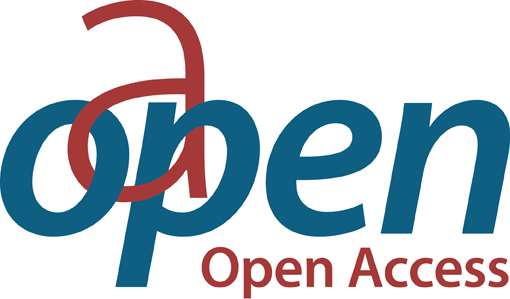EIB Working Paper 2025/03 - Access to finance and corporate emissions: A distributional perspective
| dc.date.accessioned | 2025-04-02T13:55:50Z | |
| dc.date.available | 2025-04-02T13:55:50Z | |
| dc.date.issued | 2024 | |
| dc.identifier | ONIX_20250402_9789286159015_7 | |
| dc.identifier.uri | https://0-library-oapen-org.catalogue.libraries.london.ac.uk/handle/20.500.12657/100550 | |
| dc.description.abstract | The ability of firms to reduce carbon emissions is linked to how well they can invest in new lower-emissions technologies, and thus to the types of finance they can access. This study investigates the relationship between finance and emissions reduction for manufacturing firms. It uses a novel dataset that combines information from the EU Emission Trading System with data on firms’ financial accounts. The findings indicate that higher financial leverage is associated with lower emission intensity at the firm level, primarily due to firms having used long-term debt. This suggests that improving access to such finance is generally conducive to corporate emissions reductions. However, this effect varies depending on the starting point of firms. For firms with very high carbon intensity, increased leverage is linked to significant reductions in emissions, suggesting that better access to finance can facilitate the adoption of green technologies. Conversely, for firms that are already relatively carbon efficient, the effect is not significant. | |
| dc.language | English | |
| dc.subject.classification | thema EDItEUR::K Economics, Finance, Business and Management::KF Finance and accounting | |
| dc.title | EIB Working Paper 2025/03 - Access to finance and corporate emissions: A distributional perspective | |
| dc.type | book | |
| oapen.identifier.doi | 10.2867/4644705 | |
| oapen.relation.isPublishedBy | 66479d04-7b84-49c0-9a4d-db552a3ecc71 | |
| oapen.relation.isbn | 9789286159015 | |
| oapen.pages | 36 | |
| oapen.place.publication | Luxembourg |

